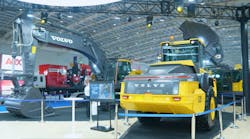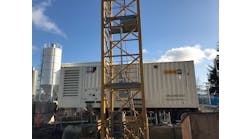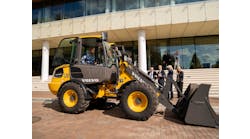The executive and supervisory boards of Munich-based Wacker Construction Equipment last week decided to close its wheel dumper plant in Tredegar, Wales, and transfer production of Wacker Neuson wheel dumpers to its plant in Linz, Austria.
The decision was driven by the downturn in global economic growth, which has had a sustained effect on customer order patterns in the compact equipment segment. The market for wheel dumpers, a product sold predominantly in Great Britain, Spain and Switzerland, has felt the worst effects of the downturn, the company said. In the first nine months of 2008, the order intake for this product group dropped 48 percent compared with the same period last year, with figures for the overall group down about 18 percent at the end of the third quarter.
The company expects the closing of the Welsh plant to greatly relieve pressure on its cost structure. The transfer of production activities and its integration in the existing compact equipment plant in Linz will create substantial savings for the company. The shutdown will result in about 90 job losses, and group management said it is committed to fund socially responsible solutions for affected staff. The closure is part of a planned package of measures aimed at cutting costs as prevailing global economic conditions continue to negatively impact investment decisions and customer order patterns.
Already at the end of July, Wacker revised its forecast for the overall group and is now aiming to achieve sales of at least €870 million (about U.S. $1.1 billion) and an EBITDA margin of at least 11 percent. For the first nine months of the year, group sales grew from €504.2 million in last year’s first nine months to around €684 million (about U.S. $870 million) as a result of the merger, while EBITDA margin was about 13 percent. The equity ratio for the group remains at about 74 percent at the end of the third quarter.





